underbite correction with braces
 BRACES OFF, UNDERBITE CORRECTED! Getting my adult braces removed and having my underbite corrected - YouTube
BRACES OFF, UNDERBITE CORRECTED! Getting my adult braces removed and having my underbite corrected - YouTubeSmile comfortably Can the brakes the correct adult under? Last Updated on June 28, 2020 Insufficiency is a fairly common type of bite malignancy in which the lower teeth extend beyond the upper teeth. Although not a serious medical problem, the condition can cause jaw pain, excessive wear on tooth enamel, and some other uncomfortable side effects. Medical concerns aside, however, many people are looking for a rare correction treatment just to feel more comfortable with their smile. You may have heard that bite problems are most successfully corrected in children, but the truth is that there are a lot of viable options for treating insufficiency at any age, and brakes are among the most effective. In addition, today there are many styles of apparatus that are less visible than the metal brakes you remember from your childhood. In this guide, we will put ourselves in the details of treating the subbite with brakes, the different brake styles that exist today, and finally some alternative treatment options if the brakes are not the right one for you. Table of Contents Are the brakes effective for the subbite? The short answer: yes. Brakes are an extremely effective treatment option due to the robustness of their design, and their ability to be matched with additional appliances such as elastics. In some cases, treatment can also be supplemented with tooth extraction, as teeth with overcrowding can interfere with precarious correction. For these reasons, the brakes can work wonders to correct the subbite, especially if the case is mild to moderate. However, if your baby is severe, the effectiveness of the devices will depend to a large extent on the type of results you are looking for. If you are looking for a radical transformation of your facial appearance, brakes may not produce the before and after you want. On the other hand, if it is established to avoid jaw surgery, brakes can still make a big difference in their bite and facial profile. In addition to its ability to produce powerful dental transformations, another great thing about brakes is that there are several types of choosing. In the next section, we will touch the differences between each brake style and explain what are best to treat the subbite. What kind of brakes can I choose from? Twenty years ago, the traditional metal appliances were almost the only show in the city if you wanted to change something about your smile. However, in recent years there has been a lot of innovation around this dental technology. From the ceramic brakes (designed to blend with the teeth) to the sublingual bras (discreetly placed on the back of the teeth), there are now a whole range of options to choose from. Below we will discuss the four main types of devices that are available today. Traditional metallic frequencies The final result of a long history of innovation in orthodontics, metallic brakes in their current form came to the scene around the mid-1970s. During the decades since then, traditional devices have remained in the treatment of orthodontists to create beautiful smiles. Although today many adults opt for more discreet straightening devices, standard metal brakes still have much to do for them. On the one hand, the treatment of patients with standard appliances does not require an orthodontist to obtain any additional training or purchase special equipment, and these savings are often transmitted to the customer. Along these same lines, it is often easier to find an orthodontist who can confidently manage their treatment, as orthodontists often have the greatest experience working with this style of devices. Standard brakes are also extremely versatile and best suited to treat complex bite problems than some new dental technologies. The average cost for brake treatment ranges from $3,000 to $7,000, and the average treatment time is 18 to 30 months. Since predetermined correction is usually more involved than normal tooth straightening, it is likely that your treatment will fall on the top of that range (both in terms of cost and duration). Clear ties The first light brakes were introduced in 1987 by 3M (the manufacturers of scotch tape and many other popular consumer brands). Although the first light brake models were less effective in adjusting the teeth, technology has made much progress over the past 30 years. Today, the clear brakes are able to achieve adjustments quite comparable to their metal counterparts. Transparent brakes work just like metal brakes, but offer a slender aesthetic preferred by many adults. This appearance difference is achieved by replacing standard metal supports with translucent, ceramics that are mixed with teeth. Although the light brakes normally incorporate a metal arch wire, and the supports tend to be a little larger, in general they are much less noticeable than standard metal brakes. Some people also find that ceramic supports are less sharp in gums and therefore more comfortable to use. In the lower part, not all orthodontics offer this type of treatment, so it may be difficult for you to find a local provider if there are not many clinics to choose in your area. Light brakes also tend to be more expensive (about 10%-20% more) than standard metal brakes. Having said this, the clear brakes have approximately the same length of treatment as the standard metal brakes (18-30 months), and are so effective to correct mild to moderate cases of subbite, provided that you can locate a qualified orthodontist to manage them! Lingual Armrests Unlike clear bras, and even invisible alignments, lingual brakes are really hidden from the rest of the world: these devices are placed on the back of the teeth instead of the forehead. You may be thinking, "That's brilliant, how is this the first one I'm hearing from him?" Well, there are some reasons why lingual brakes are not more popular. First, most orthodontics do not offer this treatment option. This brake style is harder to fix and adjust, and requires specialized training and equipment. From the patient's perspective, lingual devices can create uncomfortable pressure around the tongue, which often results in a smaller tombstone. Maintaining good oral hygiene also requires more effort, as it may be difficult to brush and dissolve the inner-front brackets. All you said, if you are able to find a local orthodontist that is willing and able to manage them, lingual brakes are generally as effective as standard brakes to correct the subbite. Given the additional work involved, this option tends to be quite expensive, often costing between $8,000 and $10,000 for full treatment. If your top priority is to keep your treatment completely invisible and you have the financial means to pay for it, lingual brakes can be the right choice for you. Six-month smiles Six-month smiles are a unique brand of light bras that can be applied by a standard family dentist rather than an orthodontist. As the name of the brand implies, Six Months of Smiles brakes come with the promise of more straight teeth in 6 months (although at times the treatment may take an extra month or two to achieve the desired results). These transparent brackets and tooth-colored wires make them one of the least noticeable treatment options available. Six-month smiles are more effective in treating cases where only the front teeth need to be adjusted. If you need to realign the front and rear teeth, Six Months Smiles may not be able to deliver the results you are looking for. Due to the shorter treatment time, Six Month Smiles is less expensive than other types of appliances, averaging between $3,500 and $5,000 for a six-month treatment course. If you have a smooth up that affects only your front teeth, Six Smile Months can be suitable for you. Note that your treatment may take longer than the announced 6 months (since bite problems are more difficult to correct) and be at the top of the price range above. How is it using brakes as an adult? Regardless of your age or the type of appliances you choose, the appliances can cause some discomfort, especially as your teeth fit to initial placement and regular fixing. To minimize pain and reduce the risk of breaking a support, you will need to get away from foods that are particularly hard or sticky (such as chips, tafete or hard caramel) and certain behaviors (such as bearing and bearing) during the duration of treatment. It is also important to properly take care of your teeth while moving, and use all dental devices as instructed. You may perceive some stigma added around getting braces as an adult, but the truth is that it is a very common decision to make at any age. In addition, between ceramic brakes, lingual brakes and other alternative treatment options (which we will discuss in the next section), there are more ways than ever to adjust your smile discreetly. In the end, if the correction treatment is something you are looking for for the sake of your own comfort and happiness, it should be easy to remember that long-term payment is worth temporary discomfort! Can you treat Underbite without Braces? While brakes are a fantastic option to treat most cases of adult rise, some people don't love the idea of using devices, or they go off for the price. If that sounds like you, there are a couple of discretionary treatment options available. Invisalign: Invisalign is another highly effective option to correct the adult sub-bite. Like brakes, unvisalign treatment can be matched with dental extraction and additional appliances to help correct bite problems. However, unlike appliances, Invisalign can be provided by a standard dentist (instead of an orthodontist), so there is a good chance that your treatment can be administered in the same place you will clean your teeth. Of course, the most remarkable differences between these treatment methods are that Invisalign is 1) removable, and 2) much more discreet than traditional brakes. Invisaligna transparent lightning trays can change their teeth and realign their bite as fast as the brakes, and for approximately the same price (between $3,500-$8,000). For more information on the treatment of insufficiency with Invisalign, see our complete guide. Home Toothliners: In recent years, several online companies such as Smile Direct Club have entered the industry to provide a more affordable option for adults seeking to straighten their teeth or correct minor bite problems from home. Like the Invisalign treatment process, you will receive a set of clear and detachable liners customized to your teeth by a dental professional, but unlike Invisalign, your care will be handled completely remotely and will not require any trip to the dentist's office. Home alignment products tend to be significantly less expensive than brakes or Invisalign, at an average cost of between $1,800-$2,000. Companies that sell homeliners usually provide the opportunity to review their expected results before buying a full course of treatment, so you will know exactly what to expect before moving forward. In total, if you have a minor case of insufficiency, the alignment of your teeth at home can be a perfectly viable option for you. When standard options are not enough Correctional jaw surgery is reserved for cases of severe insufficiency in which the patient is seeking a radical transformation of the face and jaw. This procedure can work to change the upper jaw, the lower jaw, or both in the desired position for a more significant fit to the bite and facial structure. In any case, corrective surgery is most often used when standard treatment options cannot produce sufficient results. This is a fairly significant form of surgery. Besides being quite expensive, it can also take a while to recover. Fortunately, most cases of climbing do not require surgical intervention, and can be handled effectively using one of the options described above. If you have a very severe precarious, an orthodontist can help you determine whether the surgery is justified. Conclusion Regardless of the severity or cause of its predominance, your dentist can recommend brakes, and for good reason: this long-standing dental technology is capable of producing powerful and sustainable dental transformations. If you are considering corrective treatment, be sure to find a doctor who is dedicated to choosing a treatment option that reflects your main priorities, whether aesthetic, budgetary, time sensitive or otherwise. Remember, the predominance is rarely a medical concern, so the choice to seek corrective treatment should be made with your personal desires and holistic well-being at the center. We hope this guide has provided you with some useful information for your future dental decisions! Additional Reading Resources Popular Guides Treatment OptionsCommon Conditions About UsOrthodontic treatment as an adult may feel stressful and overwhelming. In Smile Prep, we strive to make the process as easy as possible for our readers. Our guides and reviews cut off the flute and give you the necessary information to take a safe step towards your smile goals.Silence ? Concerned About the cost of brakes? Online tooth alignment services such as Smile Direct Club now make it possible to align your teeth for a fraction of the brake cost or Invisalign. We have reviewed and classified the best suppliers. Reader interactions Reply Your email address will not be published. Required fields are marked with *CommentName * Email * Web Primary SidebarContent coverage Concerned about the cost of brakes? Online tooth alignment services such as SmileDirectClub now allows you to align your teeth for a fraction of the brake cost or Invisalign. We have reviewed and classified the best suppliers. Copyright © 2020 ·
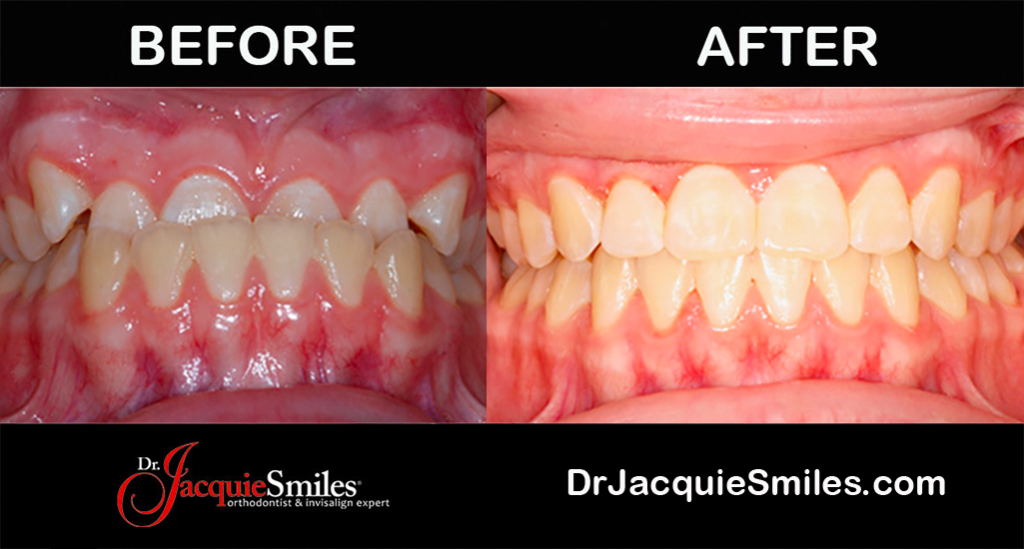
Invisalign Clear Braces Treatment for an Underbite in NYCDr. Jacquie

BRACES OFF, UNDERBITE CORRECTED! Getting my adult braces removed and having my underbite corrected - YouTube

Underbite Correction without Surgery, no Braces no Aligners

Underbite: Causes, Symptoms and Treatment Options

NO MORE UNDERBITE! ADULT UNDERBITE CORRECTED WITH BRACES AND M.E.A.W. TECHNIQUE WIRES - YouTube
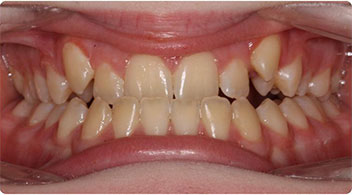
Can Underbite Be Fixed Without Braces?

Braces before and after - underbite | Braces before and after, Dental braces, Braces
When an underbite is corrected with braces is the jaw pulled back or are the teeth moved back in the gums? - Quora
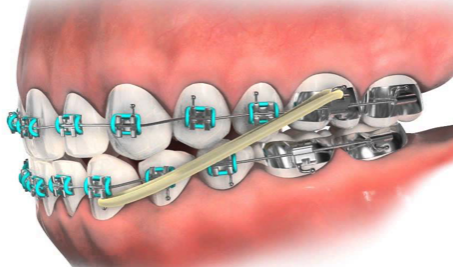
Treating Underbites in Growing Kids | Spring Orthodontics

Underbite Correction without Surgery, no Braces no Aligners

How Braces Can Fix Speech Problems

Before and After - Darmitzel Orthodontics | Santa Fe NM

Before and After: This a rare case where we were able to fix an underbite without jaw surgery. http://gregjorgensen.… | Affordable braces, Orthodontics, Jaw surgery

Before & After | Masri Orthodontics

Underbite - Class 3 Archives - Passamano Orthodontics
Underbite correction without surgery in Sugar Land and Houston

Wilmette orthodontist & Braces Specialist Explains Underbites

Non-Surgical Orthodontics in Scarborough STO Orthodontists
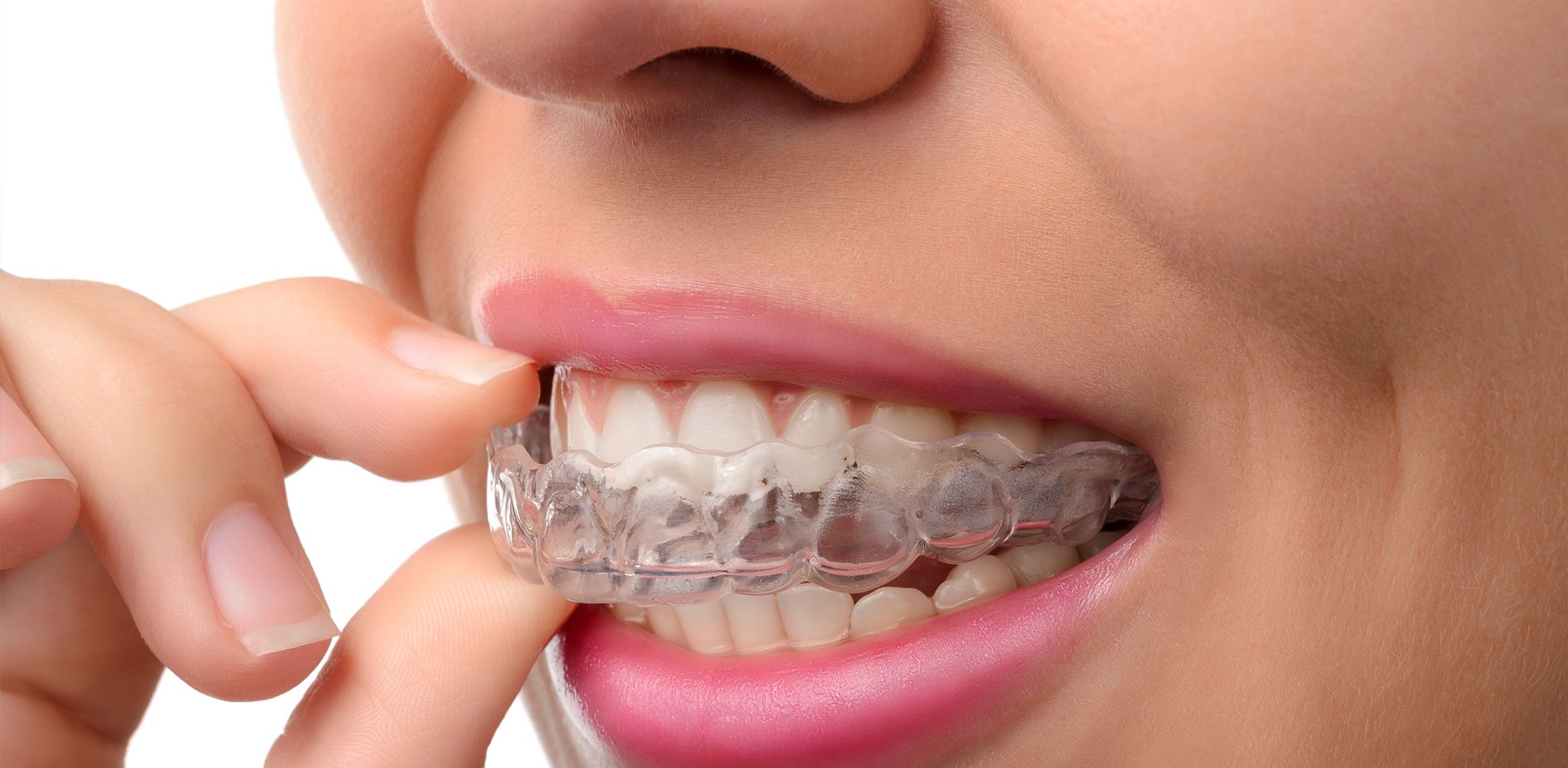
Invisalign for Underbite - Can Invisalign Fix Underbite? | 209 NYC Dental
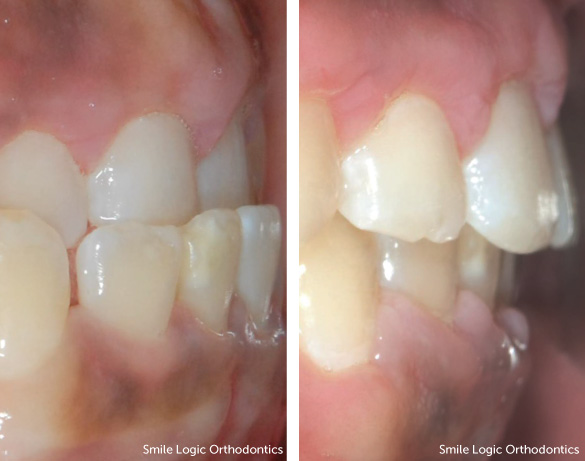
Underbite Treatments · Smile Logic Orthodontics · South Brunswick NJ
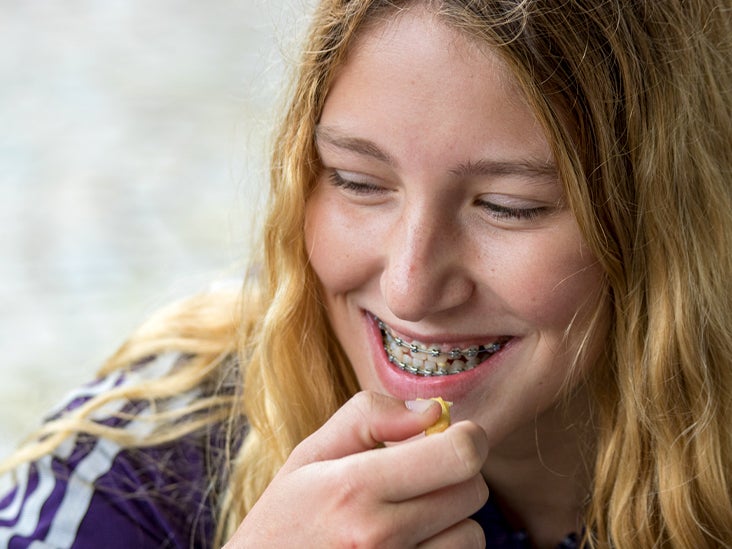
What Is Orthodontic Headgear and How Does It Help Straighten Teeth?

Underbite correction without surgery in Sugar Land and Houston

Orthodontic Treatment for Underbite or Crossbite - Carriere Appliance - YouTube
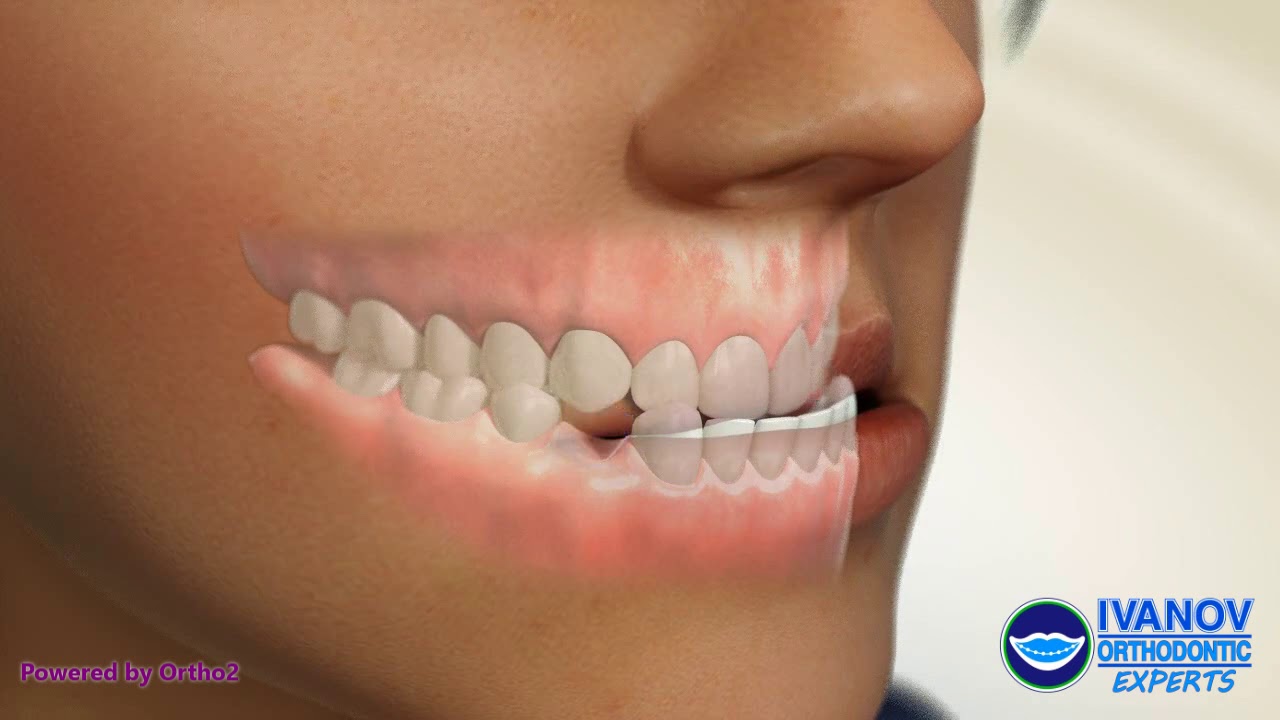
What Is The Need To Fix An Overbite At The Early Age

What is an Underbite? - Westermeier Martin Dental Care

Braces before and after - underbite/crossbite | Crossbite, Invisalign braces, Orthodontist

Orthodontics: Maloccclusion, other problems, and starting treatment
How Do Underbite Braces Work?

What to Know About Overbite and Underbite - Johnson & Collins » Johnson & Collins

🔴LIVE PROGRESS REPORT: UNDERBITE CORRECTED WITH ADULT BRACES AND NO SURGERY WITH M.E.A.W. TECHNIQUE - YouTube

My Underbite Experience. (Pre-Surgery)

Say Braces!: Underbite Fixed with Braces Only

Correcting Underbites in Kids | Hometown Orthodontics

Our Results - Bruner Orthodontics Duvall Orthodontics | Redmond Duvall WA

Underbite Correction - Sam Muslin DDS

Does your child have an underbite? An effective new treatment option now exists (miniplates)!

Correcting An Over Or Underbite | iSmile Orthodontics
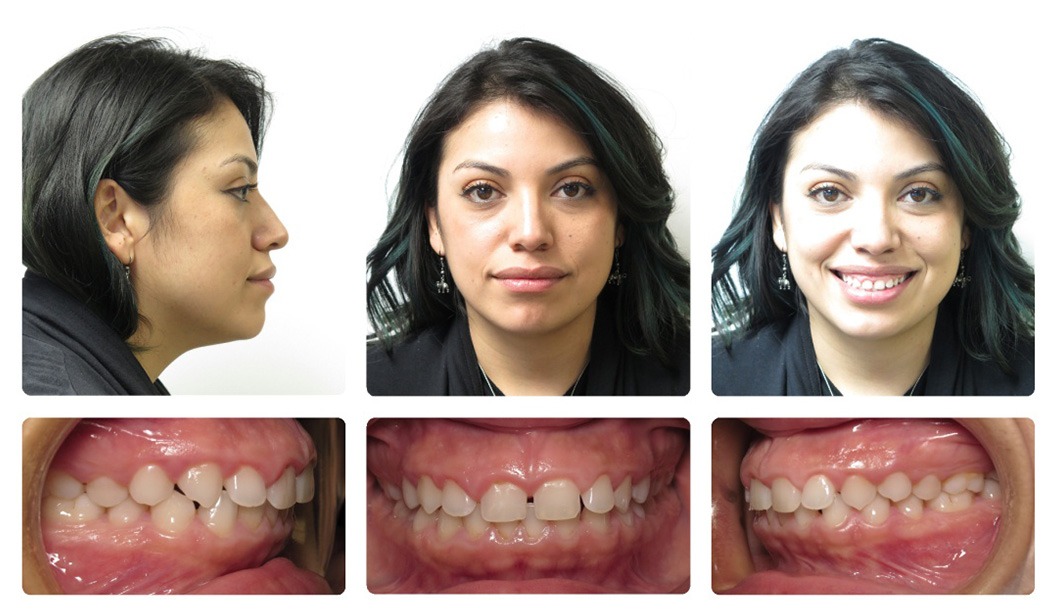
Orthodontic Before and After Photos | Brodsky Orthodontics

underbite |
Case of the Month | Office of Dr John DiGiovanni | Newport Beach CA
Posting Komentar untuk "underbite correction with braces"